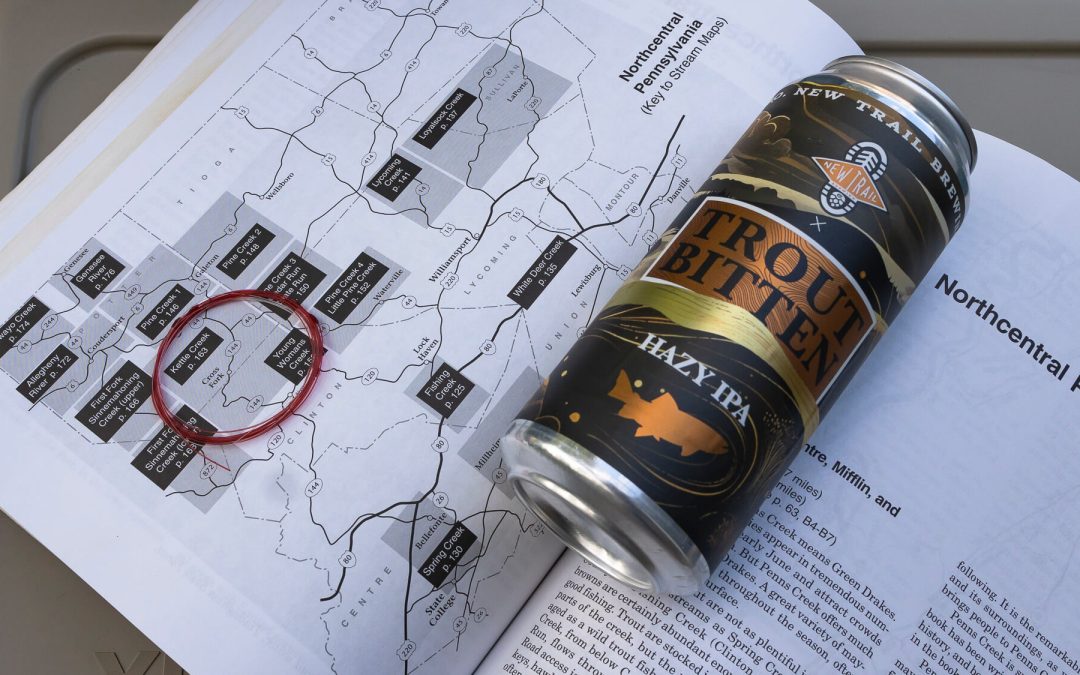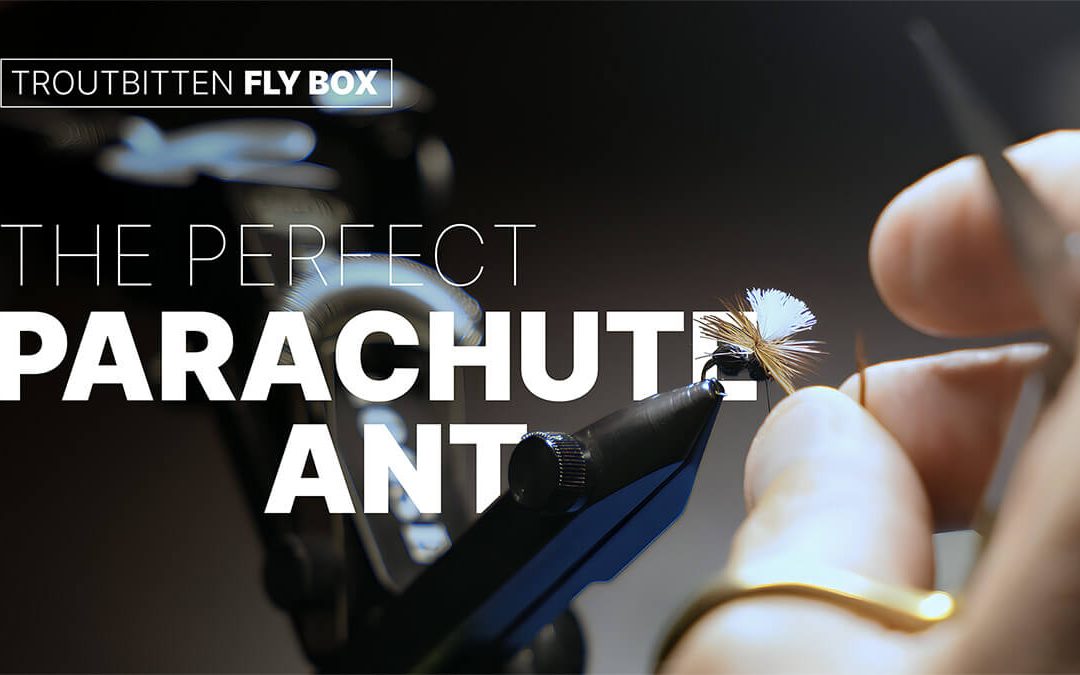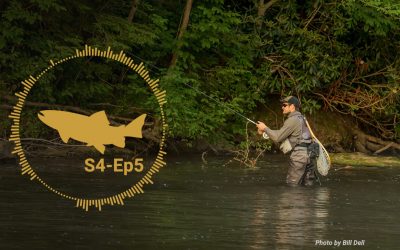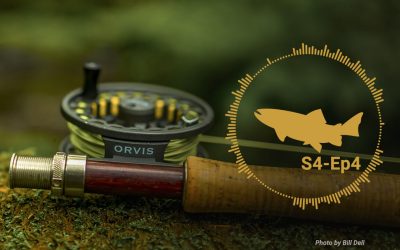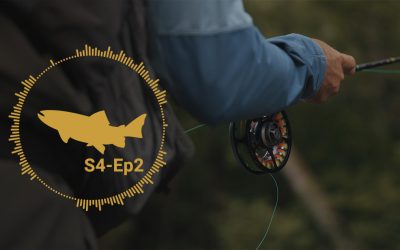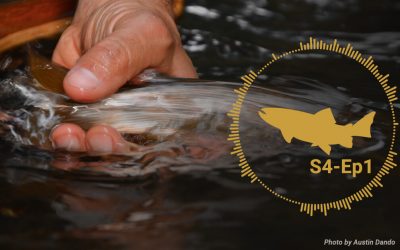My gateway into fly fishing was through tunnels of mountain laurel. Native brook trout swam in cold, clear waters that trickled out of the gaps and ravines of a Pennsylvania state forest and merged into the upper tributaries of remote valleys. Under the deep,...
